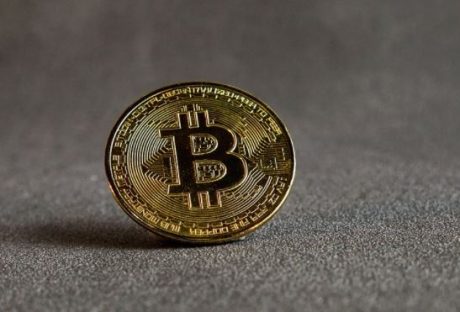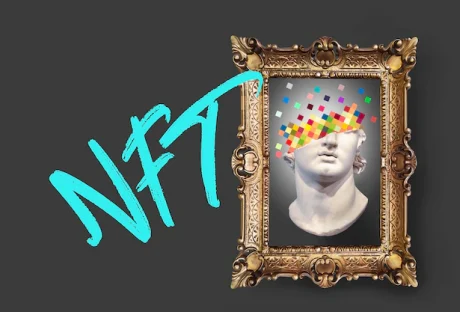Today, the market for Cryptocurrency is booming at a faster pace. Many national and international institutional players are making use of Bitcoin to increase their business profitability.
The Crypto-trading market is booming faster as the financial players are contributing their best for the development of the overall economy. However, you need to take care of several aspects while investing your money in Bitcoin today.
Bitcoin Trends To Watch For In 2021
There are several aspects of the Bitcoin Trends that you have to undergo in 2021. It can help your business to run more smoothly if you know their market dynamics. Let’s explore some of the crucial facts in the light of this matter too.
1. More Institutional Factors In Digital Asset Game
There has been a considerable adoption of digital assets in 2020. It hints at a better and greater institutional interest in Bitcoin. You can get better interest in other digital assets in 2021 if you want to increase your profitability.
It can help you to position your market growth for better market capitalization in 2021. During the last quarter of 2020, Paypal has allowed users to buy and sell Bitcoins. It has payment options for 26 million merchants.
2. Further Development Of CBDCs
The central bank digital currencies were being discussed in great fervor in 2020. Many central banks of the world are now looking to launch their own set of digital currencies to reduce the load on fiat currency.
Whenever you make use of digital currency, the transaction process becomes faster and easier. On the other hand, when any fiat currency is being used, their transaction process becomes slower.
Many reserve banks of various nations are now conducting research on the use of digital currency. For example, banks Of International Settlements, Swiss Bank, and European Central bank are currently researching CBDCS.
3. Accelerated Demand For The Blockchain Solutions
When the global pandemic struck then the demand for Bitcoin rose in the worldwide market. The demand for contactless transactions has increased a lot. It has made the scenario much more fascinating than others.
Digital transformation has augmented the business process. It has also given rise to the demand for Bitcoin transactions. It is one of the effective means to meet the demand for tech solutions with the help of Blockchain technology.
4. Growth In The DEFI Sector
The year 2020 will witness exponential growth in DEFI Technology. This is because the application of decentralized technology has increased a lot. In February 2020, it crossed the $1billion mark.
The Current DEFI value is $14.32 billion. It is now one of the fastest-growing sectors that work well in all directions. The investment in this sector is growing rapidly and can provide you the opportunity to deal with the market crisis in an effective manner.
5. Greater Heights Bitcoin & Other Digital Assets
Bitcoin has already crossed the $500 billion market capitalization rate. There has been a considerable increase in the demand for Bitcoin over the past few years. It has made things easier for investors to gain more from the global market. If you are interested in Bitcoin investment, you can make money by using the bitcoin loophole platform for developing your business.
Fewer hindrances in the pathway of its transaction have increased the market capitalization rate in the global market scenario. Therefore, proper implementation of the market strategy can make things easier for you.
Final Words For Upcoming Bitcoin Trends
Today, Bitcoin prices are increasing at a rapid pace. Consumers are more confident and have the trust to invest their money in Bitcoin. This is the reason why it can be foolish from your end not to invest now in Bitcoin. Grab this opportunity to become the next billionaire of the world.






















